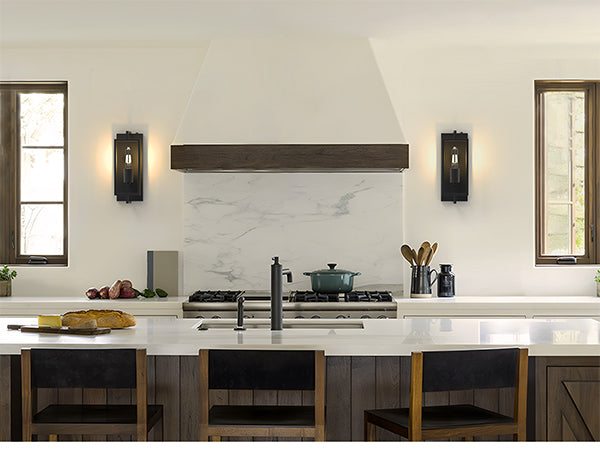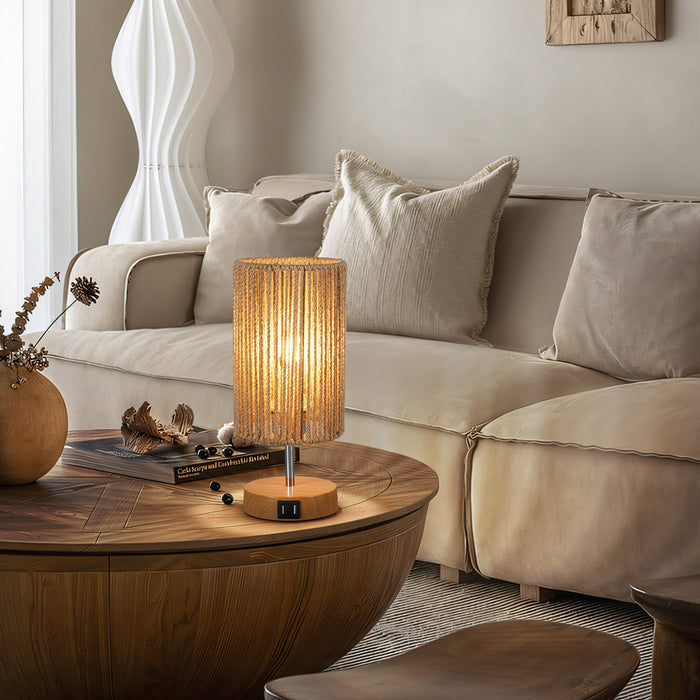When it comes to lighting up your home, choosing the right bulb can seem like a daunting task. With so many options available, where do you even start? Don't worry, lighting enthusiasts! Today, I'm here to shed some light on one of the most popular choices for home lighting: the E26 bulb. By the end of this guide, you'll be an E26 bulb expert, ready to illuminate your home like a pro. Let's dive in!
We'll delve into the nitty-gritty of E26 bulb specifications and compare different types—incandescent, LED, CFL, and halogen. Discover how to save money with energy-efficient choices, and learn the best bulbs for each room in your house. I'll demystify color temperature, wattage, and lumens so you can create the perfect atmosphere and brightness for any space. Plus, get insights into the lifespan and environmental impact of E26 bulbs, along with handy installation and safety tips. Finally, I'll share my top picks for the best brands and products on the market.
1. Understanding E26 bulb specification
Firstly, what exactly is an E26 bulb? The "E" stands for Edison screw, named after the one and only Thomas Edison, and the "26" refers to the diameter of the base in millimeters. This base is designed to fit into standard light sockets, providing a secure connection that allows electricity to flow from the socket into the bulb.
E26 bulb types are incandescent, LED, CFL and halogen, and the internal workings depend on their type:
Incandescent E26 bulbs: Containing a tungsten filament that heats up and glows when electricity passes through it, producing light and heat.
LED E26 bulbs: Using a semiconductor to emit light when an electric current passes through it. These bulbs are more energy-efficient because they convert most of the electricity into light rather than heat.
CFL (Compact Fluorescent Lamp) E26 bulbs: Working by passing an electric current through a tube containing argon gas and a small amount of mercury vapor. This process generates ultraviolet light, which then excites a phosphor coating inside the tube to produce visible light.
Halogen E26 bulbs: They are a type of incandescent bulb that use halogen gas to increase brightness and lifespan. The halogen gas helps redeposit tungsten from the filament back onto itself, extending its life.
2. Advantages of different types of E26 bulbs
There are several types of E26 bulbs, each with their own benefits. Incandescent bulbs are the classic choice, giving off a warm, inviting glow. Next up are LEDs, which are energy-efficient and have a long lifespan. CFLs fall somewhere in the middle, offering a good balance of efficiency and brightness. Halogen bulbs give off a bright, clear light, making them great for task lighting. Understanding the differences will help you choose the right type for your needs.
3. Choose energy efficient E26 bulbs
Speaking of energy efficiency, LEDs are the clear winners here. They use a fraction of the energy compared to incandescent bulbs and last significantly longer. But how do you calculate the savings? It's all about comparing the wattage and lifespan of each type. With the right choice, you can reduce your electricity bill and your carbon footprint. (eg: Hymela's LED lamp C01 or C03 )
4. Choose the right E26 bulb according to the room
Every room in your home has different lighting needs. For cozy living rooms, go for warm, soft light. Kitchens and home offices benefit from bright, clear light. Bedrooms need a balance of both, depending on whether you're reading or winding down. Matching the right bulb to each room ensures optimal lighting for every activity. (See the lamp V04 or N03 or N01 )
5.Choose based on the color temperature of the E26 bulb
Color temperature, measured in Kelvins (K), plays a huge role in setting the mood. Lower Kelvins (2700K-3000K) give a warm, yellowish light, perfect for relaxation. Higher Kelvins (5000K-6500K) produce a cool, bluish light, ideal for task lighting and focus. Understanding color temperature helps you create the perfect atmosphere in every room.
6. Check out the wattage vs. lumens of E26 bulbs
When shopping for bulbs, you'll notice wattage and lumens on the packaging. Watts measure energy use, while lumens measure brightness. For example, an LED bulb with 800 lumens can replace a 60-watt incandescent bulb. Focus on lumens for brightness and watts for energy efficiency to get the best of both worlds.
7. The lifespan of E26 bulbs: What to expect
One of the biggest advantages of LED E26 bulbs is their lifespan. While incandescents might last about 1,000 hours, LEDs can last up to 25,000 hours or more. Factors like usage, fixture type, and power surges can affect longevity, but overall, LEDs offer the best bang for your buck. (See the lamp C01)
8. Eco-friendly lighting: The environmental impact of E26 bulbs
Choosing eco-friendly bulbs isn't just about saving money; it's about protecting the planet. LEDs use less energy and contain no hazardous materials, making them easier to recycle. CFLs have a small amount of mercury, so they need special disposal. Opt for environmentally friendly options to do your part in reducing waste.
9. Installation and Safety tips for E26 bulbs
Safety first! Always turn off the power before changing a bulb. Use the correct wattage for your fixture to avoid overheating. Handle bulbs, especially incandescents and CFLs, with care to prevent breakage. LEDs are more robust, but it's still best to handle them gently.
There you have it—Choosing the right E26 bulb can transform the ambiance, efficiency, and functionality of your home lighting. Whether you're seeking the warm glow of an incandescent, the energy efficiency of an LED, the balanced performance of a CFL, or the bright clarity of a halogen, understanding the specifics of each type helps you make informed decisions. Remember to consider the color temperature, lumens, and wattage to match your needs for each room.
With the right E26 bulbs, you can create the perfect atmosphere in your living spaces, save on energy costs, and contribute to a more eco-friendly environment. Don't be afraid to explore different brands and products to find what works best for you. Your lighting choices have a profound impact on your home, and with this guide, you're now equipped to illuminate your home like a pro.




